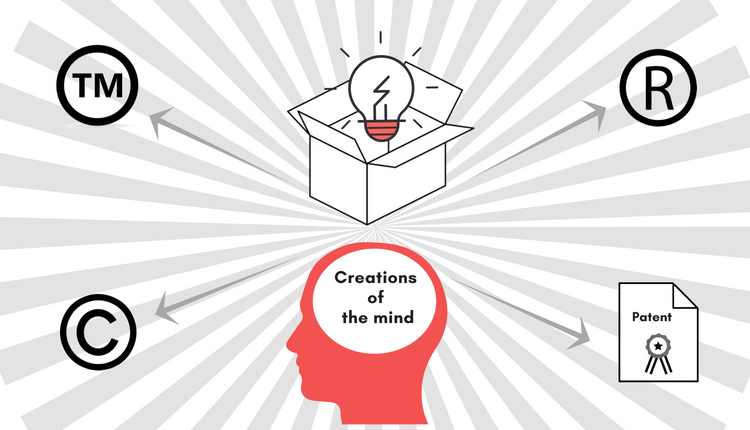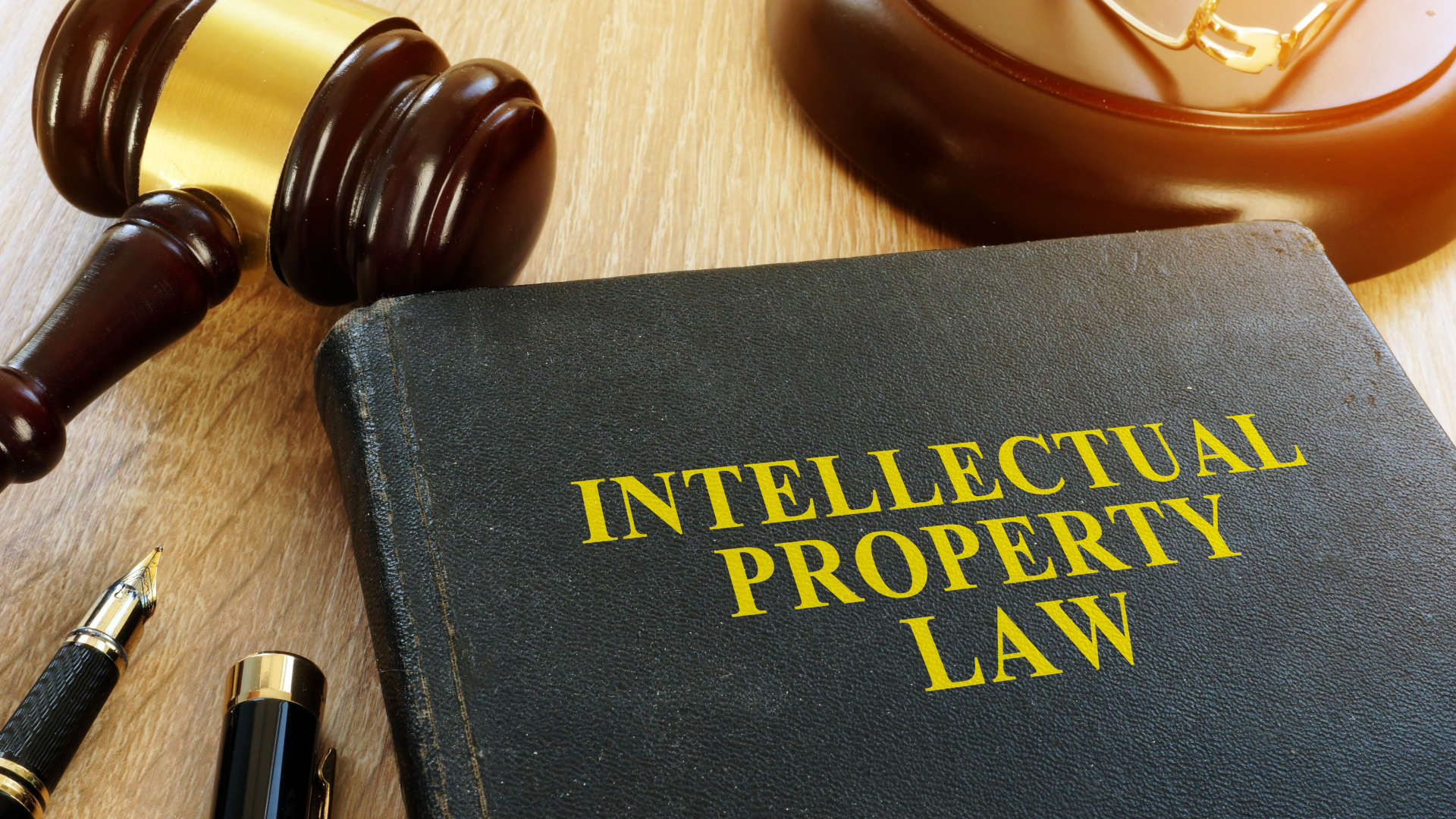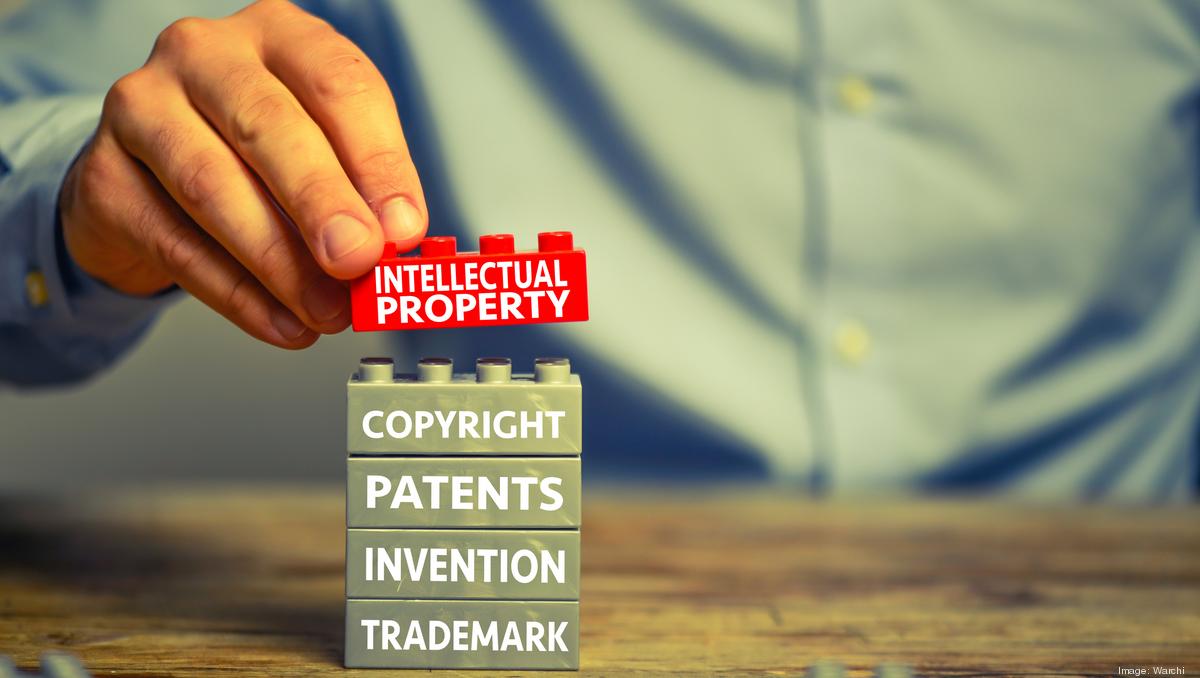In the realm of intellectual property (IP) law, there are fundamental principles that govern who owns what and the underlying concepts applicable to various types of intellectual property. This article aims to provide an overview of these principles and concepts, shedding light on the ownership of IP and its implications. Whether you’re a creator, service provider, or employer, understanding these principles is crucial to protect your rights and assets.
Creator as the Owner: The Base Principle
The cornerstone principle in IP law is that the creator of intellectual property is considered its rightful owner. This principle holds significant weight, as it grants creators the power to prohibit any unauthorized use of their creations. Unless otherwise specified in a written agreement, the creator or inventor retains the right to control the utilization of their work or invention.
For instance, if a service provider develops a technology for a customer, the default rule states that the service provider becomes the owner of the intellectual property. This arrangement is typically unproblematic, especially if the services provided do not result in a “work of authorship” or if the customer is the sole user of the service results. However, complications can arise if the customer intends to resell the service results as part of their business or product portfolio.
To avoid unexpected consequences, customers should contractually stipulate that they will own all intellectual property resulting from the service. Alternatively, the services agreement can specify that the customer is not obligated to pay any additional fees and has the freedom to use and sub-license the services and solutions created by the service provider.

Employee Ownership and Employment Agreements
In the context of employment relationships, it is essential to establish clear agreements regarding the ownership of intellectual property. By default, many jurisdictions attribute ownership of creations made by an employee during the course of their employment to the employer. This default ownership allocation aims to prevent any potential abuse by employees.
However, it is crucial to note that the default ownership-allocation varies in the United States, Canada, and Australia. In these jurisdictions, employers must explicitly state in the employment agreement that they become the owners of all intellectual property rights created within the employment relationship. Failure to address this in the employment conditions may result in the employer being required to pay royalties to the employee.
To mitigate any potential conflicts, employers should ensure that employment agreements clearly stipulate that the employer will be the owner of all works created by the employee during the employment period, regardless of whether they were created during normal business hours.
Moral Rights and Intellectual Property
In addition to ownership and licensing rights, creators of copyrighted works hold moral rights. These personal rights include the right to be credited as the author, the right to publish a work anonymously or under a pseudonym, and the right to protect the integrity of the work. The integrity right ensures that a work is not modified, distorted, or mutilated without the creator’s consent.
Moral rights are distinct from ownership and licensing rights, meaning that even if copyright in a work is transferred, the creator can still enforce their moral rights. Therefore, it is crucial for employers to require employees, under applicable law, to waive their moral rights for works created within the scope of their employment.
Derivative Works and Control of Intellectual Property
The owner of intellectual property has the right to control its use. Unless expressly permitted by the owner, no one can modify, translate, transform, or create derivative works based on the original creation. Any modification, addition, or translation made without the owner’s permission is considered a “derivative work.”
For example, if someone is granted a license to use a created work, they are generally prohibited from modifying it unless the owner explicitly permits such modifications. This control over derivative works ensures that the owner retains authority over how their intellectual property is used and adapted.

Background and Foreground Intellectual Property
In the world of technology development, it is rare for one person to create technology entirely from scratch. Technological advancements often result from a combination of existing developments, test results, and components. When a company seeks to enhance its technology or add functionalities to its products, it may engage an external consultant who builds upon existing technology.
While the customer is willing to pay for the development costs, the consultant may charge additional fees for the use of their pre-existing technology. It is essential to recognize that ownership allocation in this scenario is typically impossible, as the consultant’s pre-existing technology may be owned or licensed by third parties. Consequently, the customer may need to acquire the technology from a third party and pay royalties for its use.
To address this issue, contracts often distinguish between “background IP” and “foreground IP.” Background IP refers to pre-existing technology owned by a party or licensed to them. In contrast, foreground IP encompasses technology developed within the framework of the contracted project. By defining these terms, the parties can establish ownership and licensing rights for specific IP and determine which party must grant licenses to the other.
Distinguishing Fields of Business
When entering into contracts involving the development or use of intellectual property, it is crucial to address the ownership of specific IP rights and identify which party will grant licenses to the other. In some cases, it may be necessary to obtain licenses from third parties. To facilitate efficient agreements, parties often compromise by allowing the customer ownership of foreground IP while granting the service provider a license to use and sub-license the IP in fields of business beyond the customer’s scope.
This arrangement could involve an exclusive license for a particular field of business. By separating IP rights, parties can streamline agreements and avoid the complexities associated with jointly owned IP. It is worth noting that agreements should be tailored to the specific needs and circumstances of the parties involved.
Joint Development and Joint Ownership
In certain situations, multiple parties collaborate and contribute to the development of intellectual property, resulting in joint ownership. Joint ownership can occur through alliances or joint development agreements, where parties merge their contributions into inseparable or interdependent parts of a unitary whole.
Joint ownership does not require equal contributions or simultaneous creation, as long as the parties were collaborating. It is also not necessary for both parties to contribute to every aspect of the resulting work or invention. However, joint ownership can lead to complexities in terms of registration and exploitation of the intellectual property.
To navigate these complexities, it is crucial for parties to agree on the rights and obligations associated with the jointly developed IP. In many cases, parties engage in different fields of activity, making joint inventions or joint know-how relatively easy to avoid. Parties often permit each contributor to act as the sole owner of the IP related to their respective core businesses. Alternatively, parties may choose not to address joint IP ownership explicitly and focus instead on the exploitation of background and foreground IP.
Nonetheless, if parties are active in the same field of business and undertake joint development, they should establish clear contractual mechanisms in advance. These mechanisms may include determining joint IP, establishing dispute resolution mechanisms, addressing registration and discontinuation, defining rights and obligations regarding exploitation, and outlining entitlement to proceeds.
By efficiently addressing these aspects, parties can avoid potential conflicts and ensure a harmonious collaboration while protecting their respective interests.

Conclusion
Understanding the general principles of intellectual property law is crucial for creators, service providers, and employers. By recognizing the principle of creator ownership, establishing clear employment agreements, and addressing moral rights, individuals and organizations can safeguard their intellectual property assets.
Moreover, comprehending the control over derivative works, the distinction between background and foreground IP, and the complexities of joint ownership empower parties to navigate contractual agreements effectively. By structuring agreements to address these concepts, parties can protect their rights, facilitate collaboration, and avoid potential disputes.
Remember, the specifics of intellectual property law can vary across jurisdictions, so it is always advisable to consult legal professionals to ensure compliance and protection of rights.
